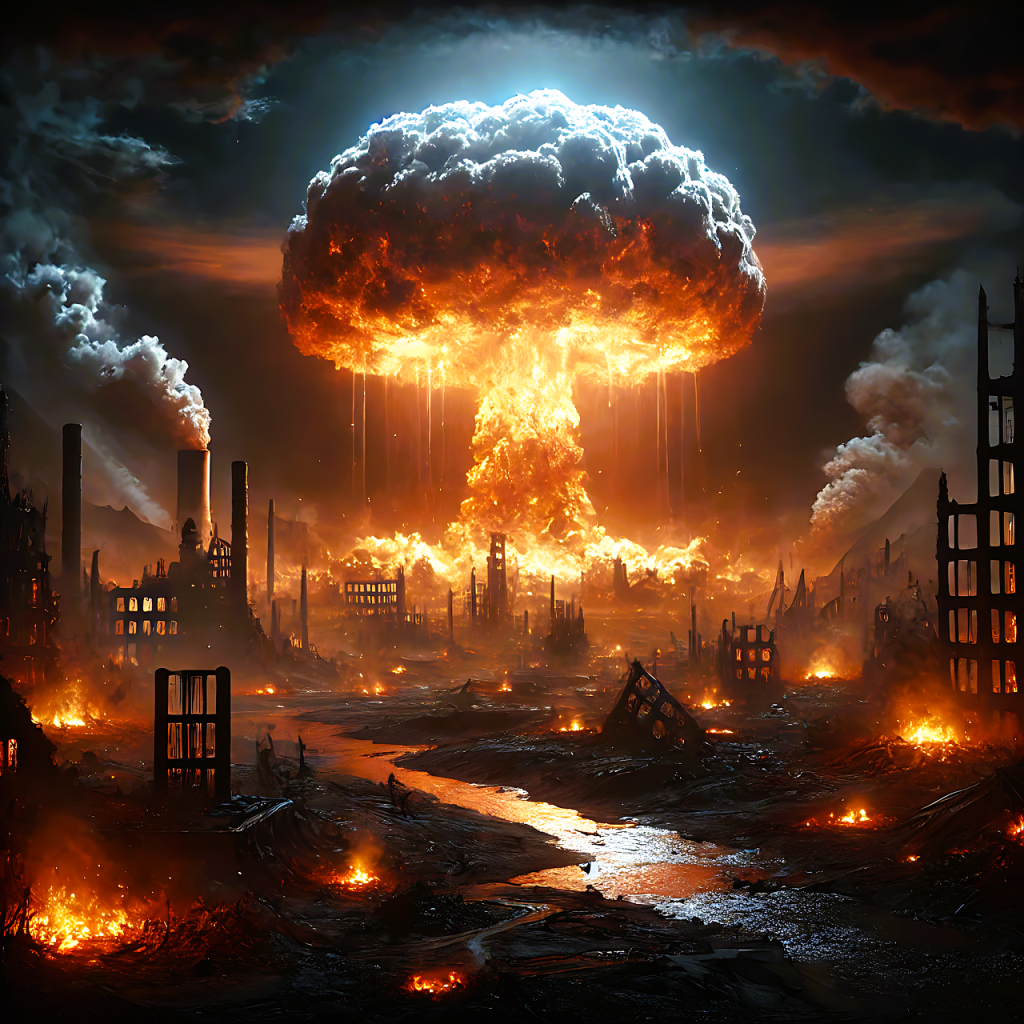Nuclear Developments in Iran are a Cause of Concern
In recent years, Iran has greatly expanded its production of highly enriched uranium, a material known as near-weapons-grade material. On June 13, Israel carried out an unprecedented military attack, which was meant to stop the alleged Iranian quest to acquire nuclear weapons. Tehran (Capital of Iran) has consistently denied such an ambition.
However, developing and deploying a nuclear weapon is not easy. The process necessitates modern technology, extensive resources, and perfect execution.
Understanding Uranium and Its Enrichment
Natural Uranium Composition
Uranium occurs naturally in the earth’s crust. More than 85% of its production comes from Kazakhstan, Canada, Australia, Namibia, Niger, and Russia, according to the World Nuclear Association. Natural uranium primarily consists of 2 isotopes:
- Uranium-238 (U-238): Makes up 99.3%
- Uranium-235 (U-235): Makes up 0.7%
Only U-235 is fissile, meaning it can sustain a nuclear chain reaction necessary for both nuclear power and weapons.
Enrichment Process
Enrichment is required to increase the concentration of U-235 in order to produce bomb-grade material. The procedure is as follows:
- Extraction: Uranium is extracted from the rock with the aid of oxygen and injected groundwater.
- Conversion: The material turns into yellowcake, a concentrated yellow powder, after drying.
- Crushing and Leaching: Sulphuric acid is applied after uranium ore has been crushed.
- Gas Formation: In order to prepare it for enrichment, yellowcake is subsequently transformed into uranium hexafluoride gas.
Centrifuge Use in Enrichment
Uranium gas is spun in thousands of centrifuges at high speed to separate lighter U-235 and heavier U-238. The scale, cost and expertise involved means that only a small number of countries have such facilities.
According to the ISIS, Iran currently has approximately 22,000+ centrifuges, compared to the 6,100 permitted by the 2015 nuclear agreement.
Enrichment Levels and Applications
- 3.5% to 5% Enrichment: Used in nuclear power generation.
- Up to 20% Enrichment: Used in medical isotope production, such as for cancer diagnostics.
- 90% Enrichment: Required for weapons-grade uranium.
Weapons-grade uranium allows for the critical mass needed to trigger a nuclear explosion via nuclear fission.
How Nuclear Fission Powers a Bomb
Atomic bombs rely on nuclear fission—the splitting of atoms that releases massive energy in a chain reaction. According to the International Atomic Energy Agency (IAEA), 42 kilograms of highly enriched uranium are sufficient for one nuclear bomb.
If Iran refines its current near-weapons-grade stockpile further, it could potentially produce material for over nine nuclear bombs.
Missile Delivery and Technical Challenges
Enriching uranium alone doesn’t create a nuclear weapon. Delivering it successfully requires:
- Ballistics Mastery: Calculating accurate trajectories and target acquisition.
- Miniaturisation: Reducing the size of the nuclear payload to fit a missile warhead.
Only a few countries have developed the technological sophistication to do both. Mastering delivery systems remains one of the most complex steps in weaponizing nuclear material.
Historical Use of Nuclear Weapons
To date, the only use of nuclear bombs in conflict occurred in World War II:
- Hiroshima (August 6, 1945)
- Nagasaki (August 9, 1945)
Combined, these attacks killed an estimated 214,000 people, demonstrating the devastating power of nuclear fission.
Conclusion: A Complex, Dangerous Process
The process of constructing and delivering a nuclear weapon is not limited to the enrichment of uranium. It involves high-level scientific expertise, huge infrastructure, and expertise in missile technology. Although Iran still denies that it has nuclear ambitions, its increasing capability is a source of concern to the world.
